5 start with P start with P
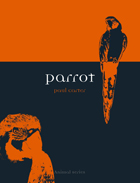
Parrot takes three different approaches to the squawker: the first section, "Parrotics," examines the historical, cultural, and scientific classification of parrots; "Parroternalia," the second part, looks at the association of parrots with the different languages, ages, tastes, and dreams of society; and, finally, "Parrotology" investigates what the mimicry of parrots reveals about our own systems of communication. Humorously written and wide-ranging in scope, this volume takes readers beyond pirates and "Polly wants a cracker" to a new kind of animal history, one conscious of the critical and ironic mirror parrots hold up to human society.
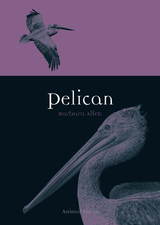
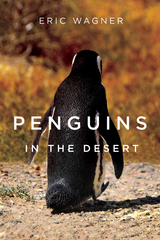
Eric Wagner joined her team for six months in 2008, and in Penguins in the Desert, he chronicles that season in the remarkable lives of both the Magellanic penguins of Punta Tombo and the scientists who track their every move. For Boersma, the penguins are ecosystem sentinels. At the colony’s peak, more than a million birds bred there, but now less than half as many do. In confronting this fact, Boersma tackles some of the most urgent issues facing penguins and people today. What is the best way to manage our growing appetite for fish? How do we stop catastrophic oil spills from coating birds? How will we address the looming effects of climate change?
As Wagner spends more and more time with the penguins and the scientists in the field, other equally pressing questions come to mind. What is it like to be beaten by a penguin? Or bitten by one? How can a person be so dirty for so many months on end? In a tale that is as much about life in the field as it is about one of the most charismatic creatures on earth, Wagner brings humor, warmth, and hard-won insight as he tries to find the answer to what turns out to be the most pressing question of all: What does it mean to know an animal and to grapple with the consequences of that knowing?
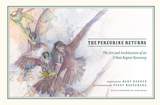
In The Peregrine Returns, Mary Hennen gives wings to this extraordinary conservation success story. Drawing on the beautiful watercolors of Field Museum artist-in-residence Peggy Macnamara and photos by Field Museum research assistant Stephanie Ware, as well as her own decades of work with peregrines, Hennen uses a program in Chicago as a case study for the peregrines’ journey from their devastating decline to the discovery of its cause (a thinning of eggshells caused by a by-product of DDT), through to recovery, revealing how the urban landscape has played an essential role in enabling falcons to return to the wild—and how people are now learning to live in close proximity to these captivating raptors.
Both a model for conservation programs across the country and an eye-opening look at the many creatures with which we share our homes, this richly illustrated story is an inspiring example of how urban architecture can serve not only our cities’ human inhabitants, but also their wild ones.
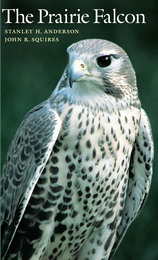
Skillful hunters beautiful in flight, Prairie Falcons inhabit the rocky cliffs of the American West. These raptors range from southern Canada and northern North Dakota to Baja California, Arizona, New Mexico, western and northern Texas, and southeastern Coahuila, Mexico.
This is the first book for a wide audience devoted exclusively to the Prairie Falcon. Stanley Anderson and John Squires cover all aspects of the falcon's life history from mating and rearing young to hunting behaviors and the yearly migration cycle. They provide complete descriptive characteristics for identifying Prairie Falcons and also compare them to other raptors, especially the closely related Peregrine Falcon.
In addition, the authors recount the long association of falcons with people, which may extend back as far as 2000 BC. They describe the practice of falconry from the Middle Ages until today. And they assess the threats to Prairie Falcons posed by human activities, from pesticide use and destruction of habitat to disruption of the breeding cycle by careless birdwatchers.
READERS
Browse our collection.
PUBLISHERS
See BiblioVault's publisher services.
STUDENT SERVICES
Files for college accessibility offices.
UChicago Accessibility Resources
home | accessibility | search | about | contact us
BiblioVault ® 2001 - 2024
The University of Chicago Press









